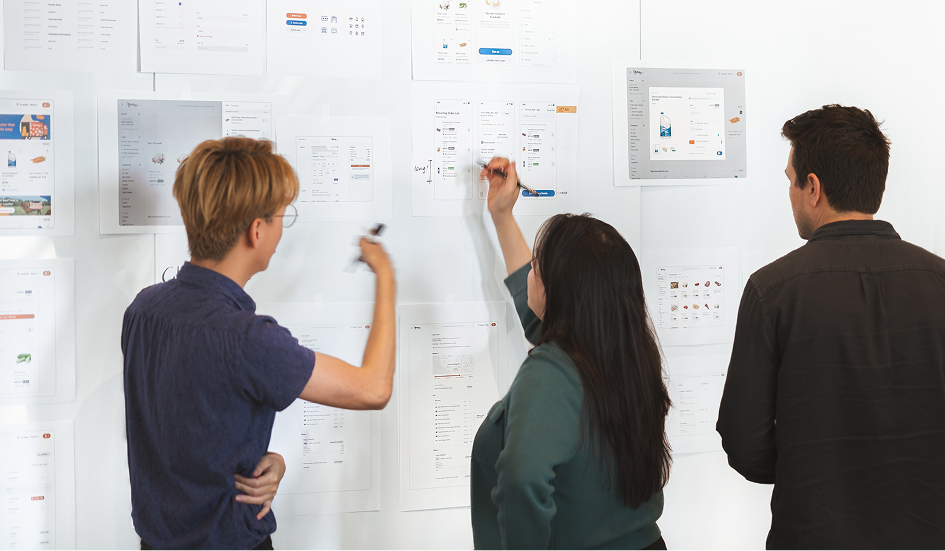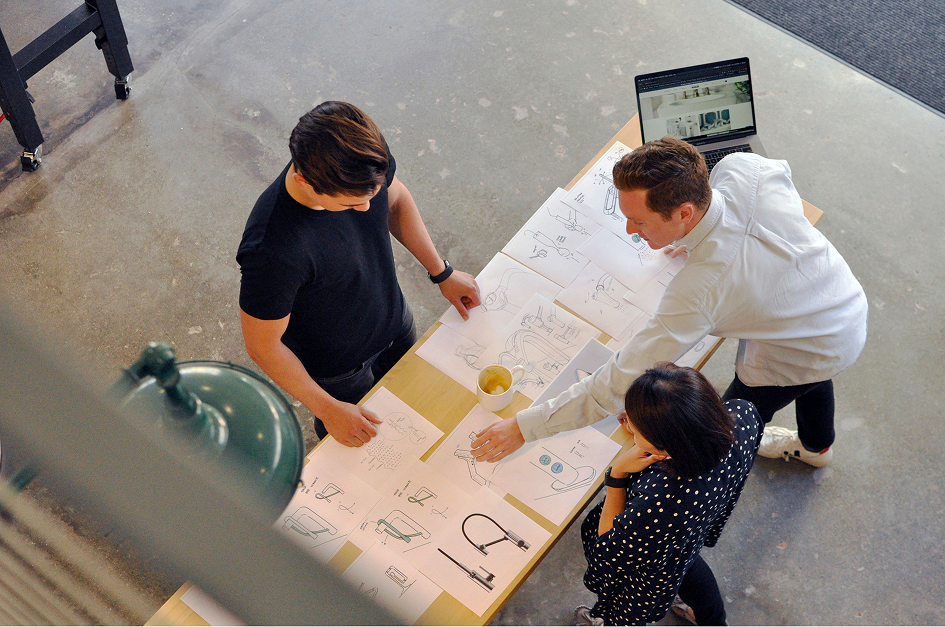.jpg)




Experience Innovation is the practice of designing products, services, and systems that deliver seamless, meaningful experiences across every touchpoint — physical, digital, and brand. It goes beyond making something functional or attractive; it ensures every interaction feels intentional, cohesive, and valuable for the end user.
Design thinking is a problem-solving framework, and product design focuses on creating a specific item. Experience Innovation integrates strategy, industrial design, UX/UI, and brand into a single, end-to-end process — turning insights into market-ready solutions that connect with customers on functional, emotional, and brand levels.
In crowded markets, products compete not only on features and price, but on the overall experience they provide. Experience Innovation helps companies differentiate, build brand loyalty, and stay relevant by creating offerings that resonate deeply with customers and adapt to changing needs.
We design these elements in parallel — not in silos. This means your physical product, digital interface, and brand story are developed together, ensuring consistency in function, feel, and messaging. The result is a cohesive experience that delights customers and strengthens brand equity.
While every project is unique, our process typically includes:
1. Research & Insights – Understanding users, markets, and competitive landscapes.
2. Strategy Definition – Aligning on opportunity areas and success criteria.
3. Experience Design – Creating integrated concepts across physical, digital, and brand touchpoints.
4. Refinement & Validation – Testing and iterating with stakeholders and users.
5. Execution & Delivery – Finalizing designs, preparing for manufacturing or launch, and ensuring readiness for market.
We design with manufacturability, technical feasibility, and market fit in mind from day one. Prototyping, user testing, and technical strategy run in parallel to creative development, so there are no surprises at the end of the process.
Projects range from 8–12 weeks for focused sprints to several months for multi-phase programs. Costs vary by scope and deliverables; we create custom proposals to match your goals, ensuring the investment delivers lasting value.